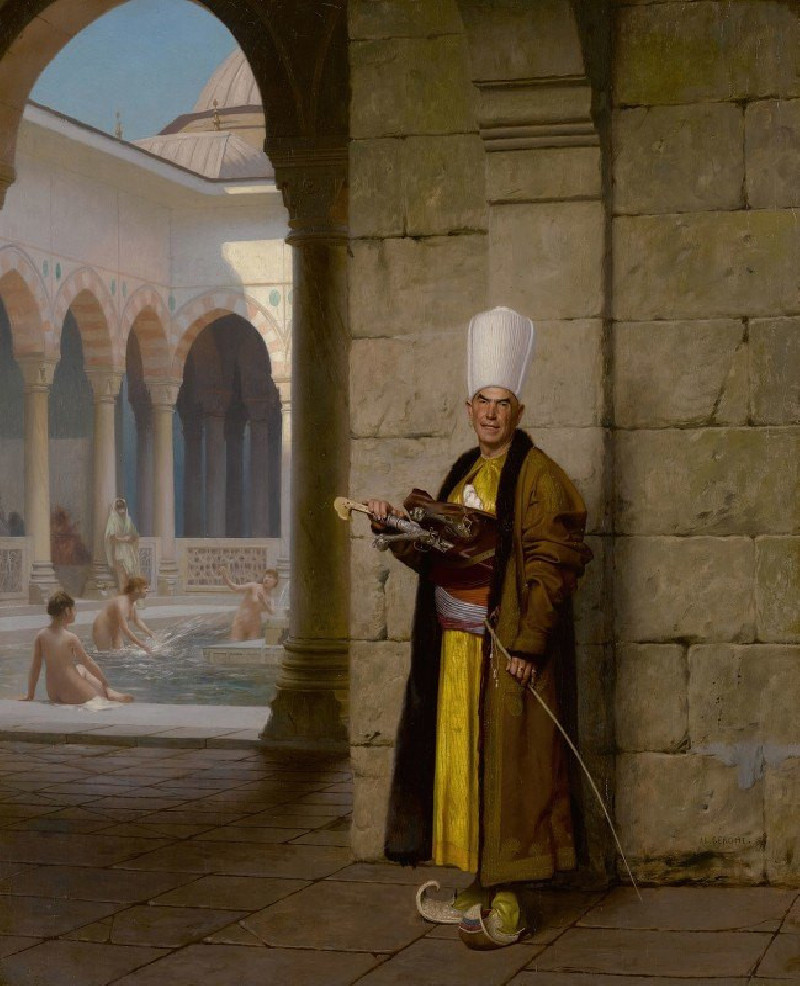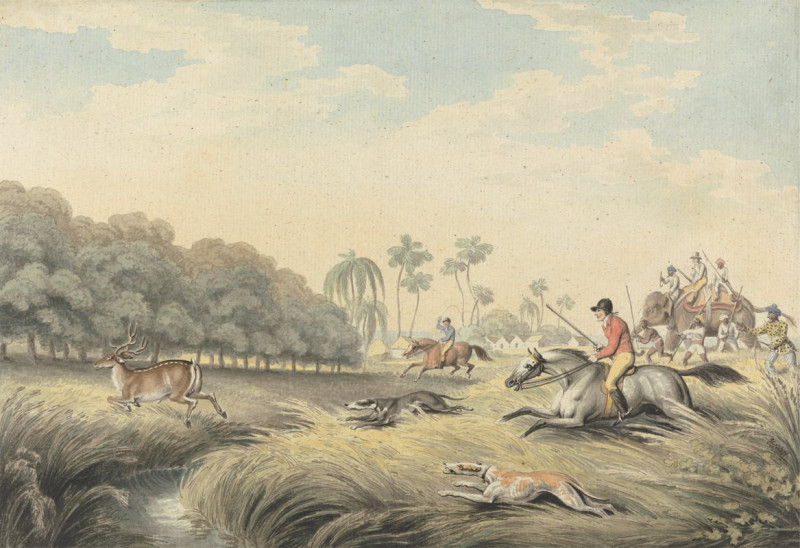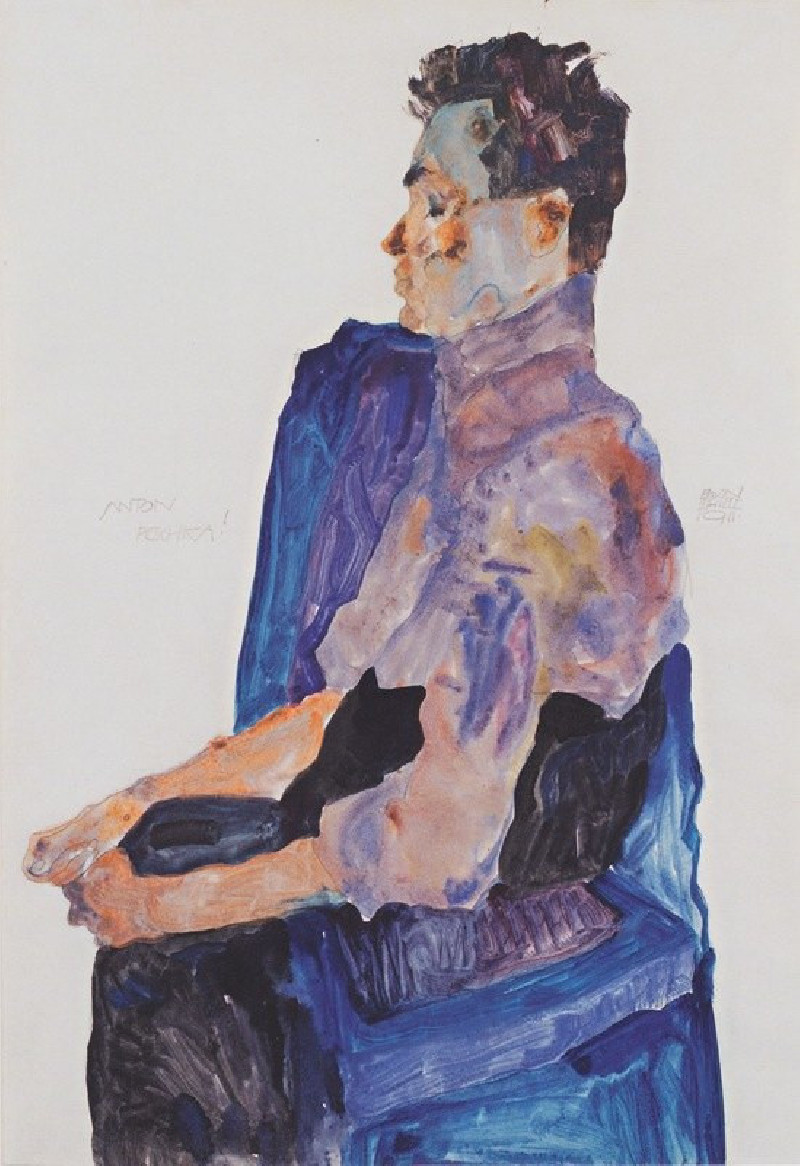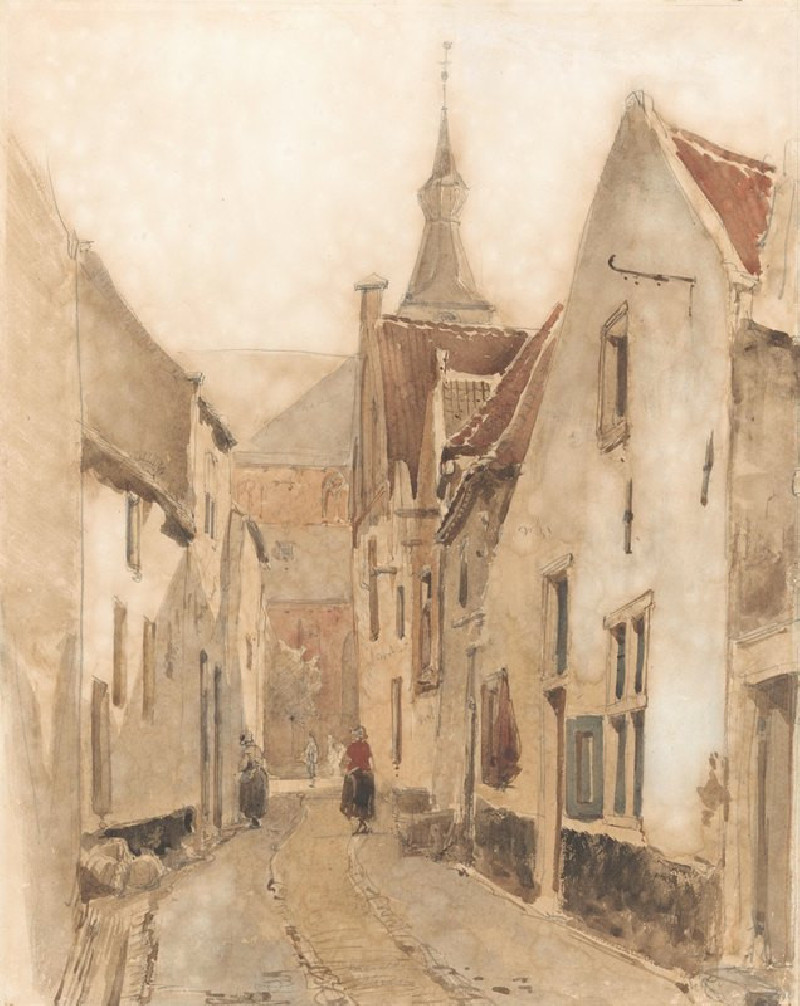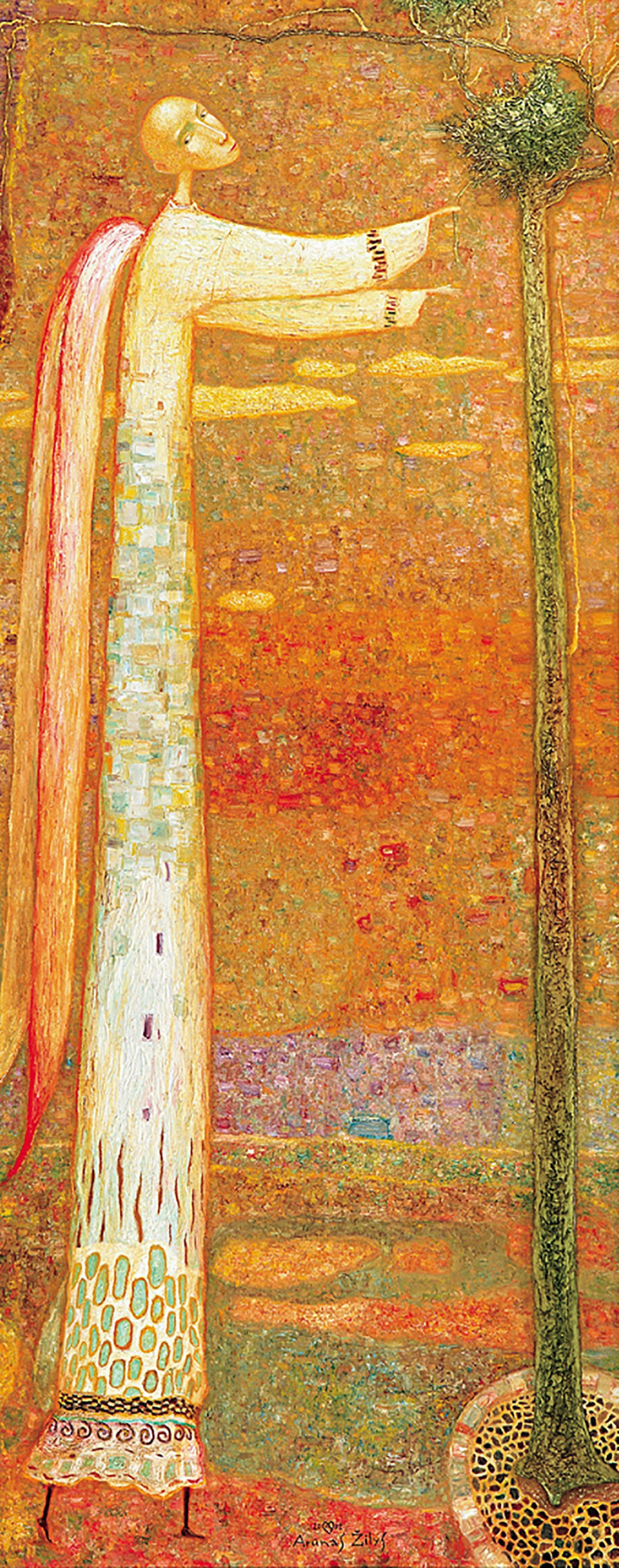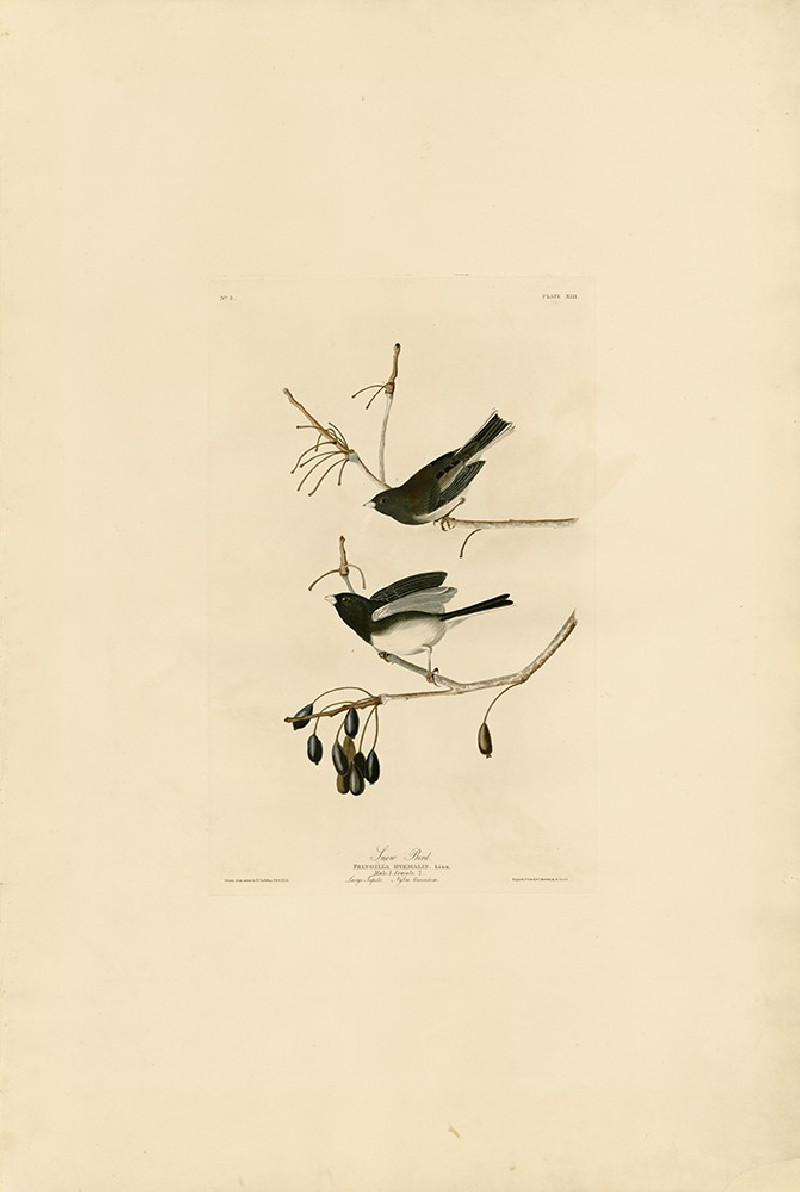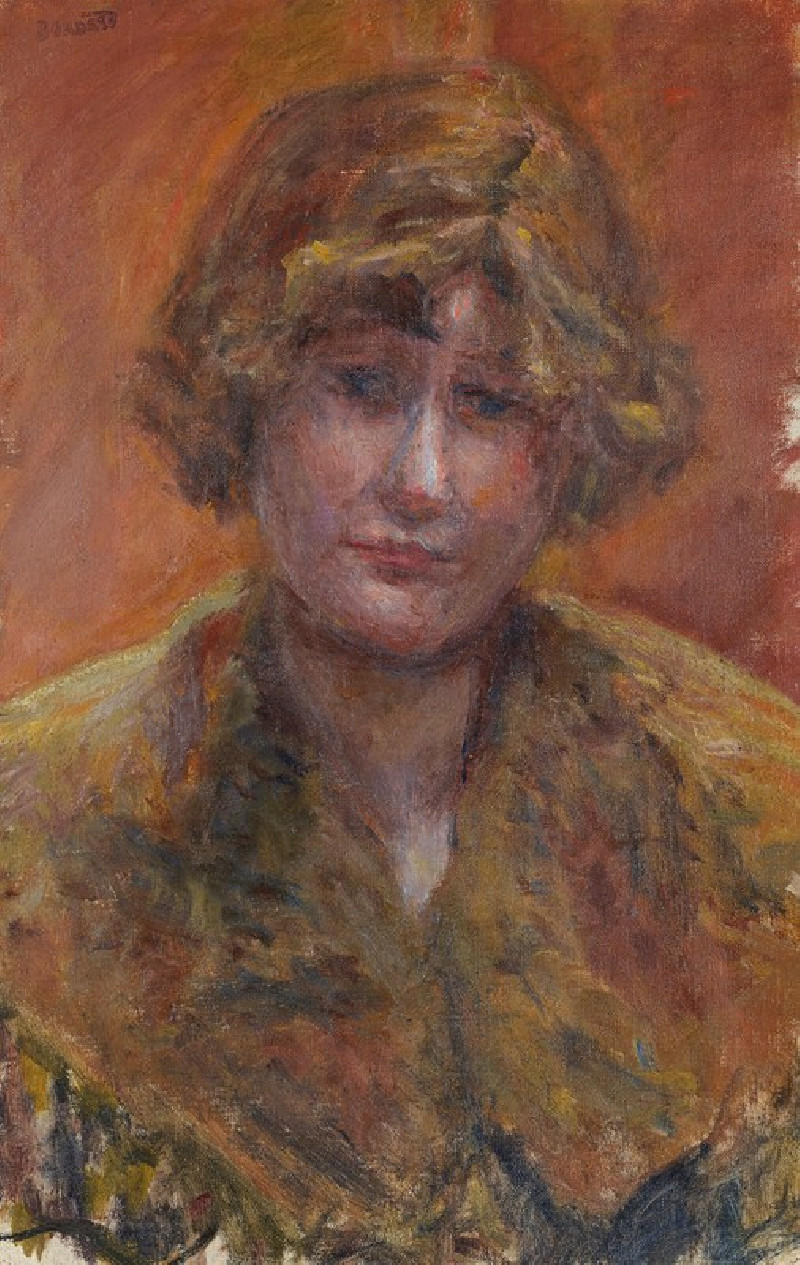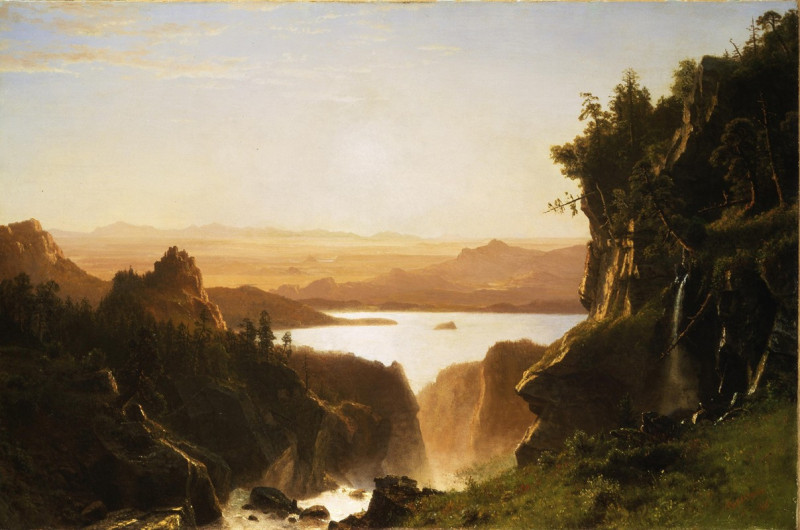The Lost Felice
Technique: Giclée quality print
Recommended by our customers
More about this artwork
This painting by Marsden Hartley, titled "The Lost Felice," features a vivid and emotionally intense composition, characterized by bold colors and simplistic yet expressive forms. At the center of the painting is a figure dressed in a white apron, holding a vividly colored red fish in the cup of their hands, which are depicted in contrasting orange gloves. The central figure's facial expression is mournful and somber, with large, expressive eyes that convey a sense of sadness or resignation.Flanking the central figure are two other figures, each similarly attired in dark cloaks with hoods, and showing red-hued faces. These faces, like that of the central figure, are simplified but evocative, with minimal yet effective detailing that emphasizes the eyes and mouth.The background is a deep, dark blue that adds a quality of depth and somberness to the scene. Overall, the painting exudes a sense of solemnity and perhaps ritual, as if the figures are engaged in a symbolic act or mourning. The use of color is particularly striking, with the contrast between the dark tones of the background and attire, against the bright red and blues used for the fish and gloves, creating a visual focus that draws the viewer's attention directly to the central action of the composition.Hartley's style here is emblematic of his expressionist approach, where emotion and symbolic meaning are conveyed through intense colors and simplified forms.
Delivery
Returns
Marsden Hartley (1877–1943) is a Maine native and a leading American Modernist painter, along with his contemporaries, Arthur Dove and Georgia O’Keeffe. He is well-known for employing geometric abstraction as well as bold colors and lines. His paintings depicted imagery of nature, landscapes, figures, and still-life. Sponsored by Alfred Stieglitz, Hartley went to Europe in 1912, spending most of his time in Germany, where he met Gertrude Stein, Wassily Kandinsky, and Franz Marc. After returning to America in 1930, he reconnected with the New England of his childhood and started to portray the landscapes of New England in his paintings.

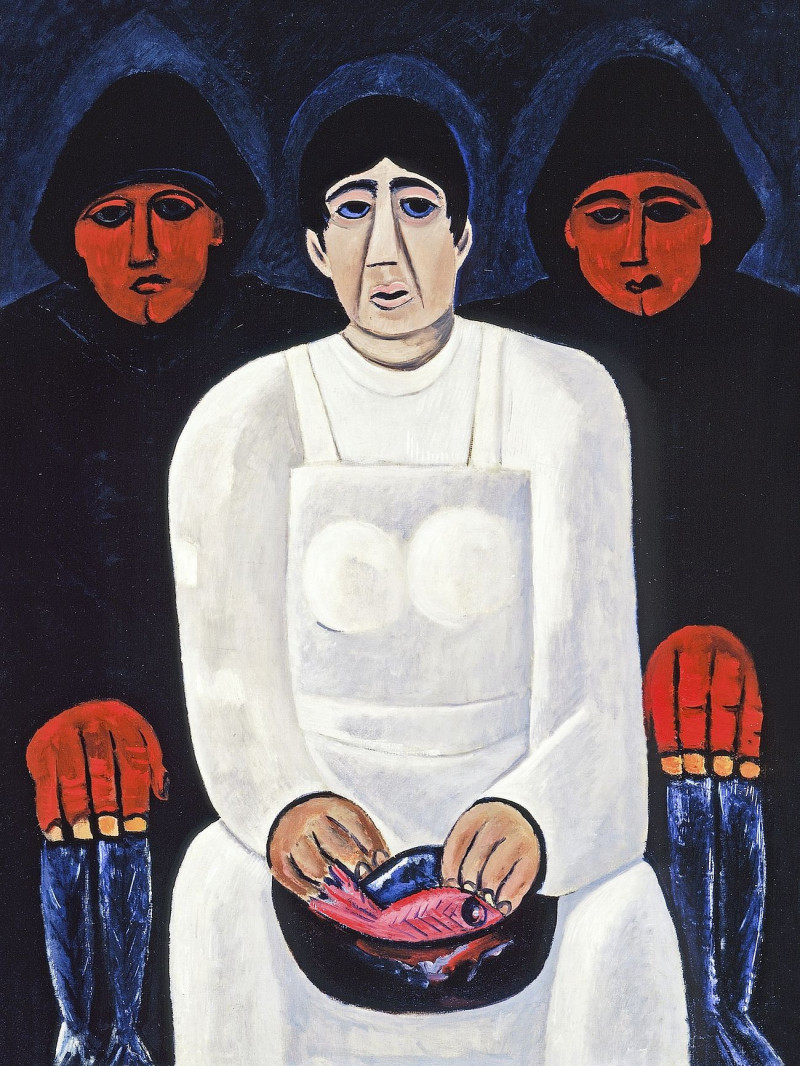


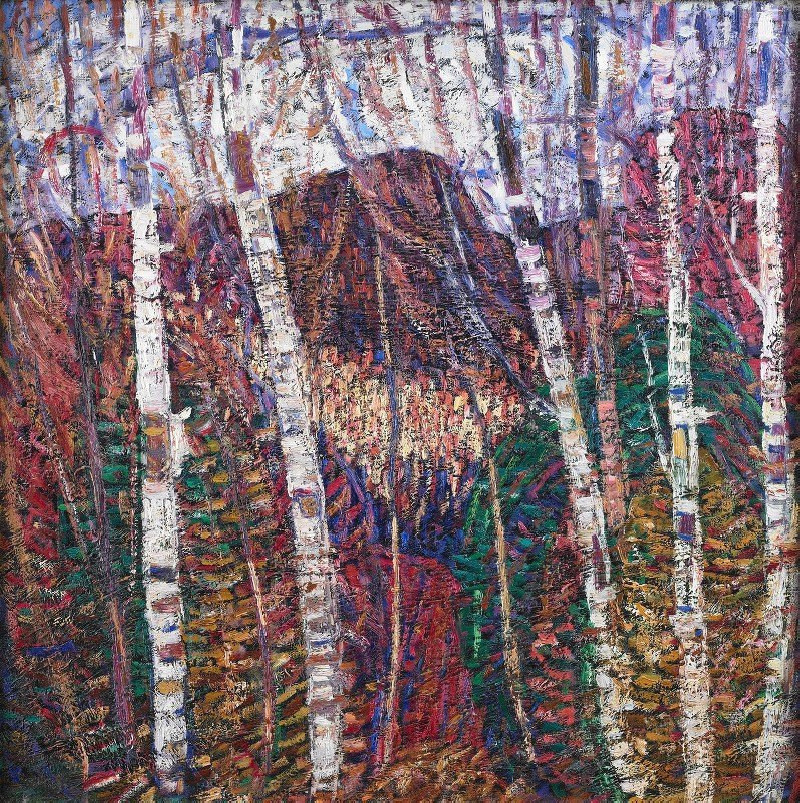
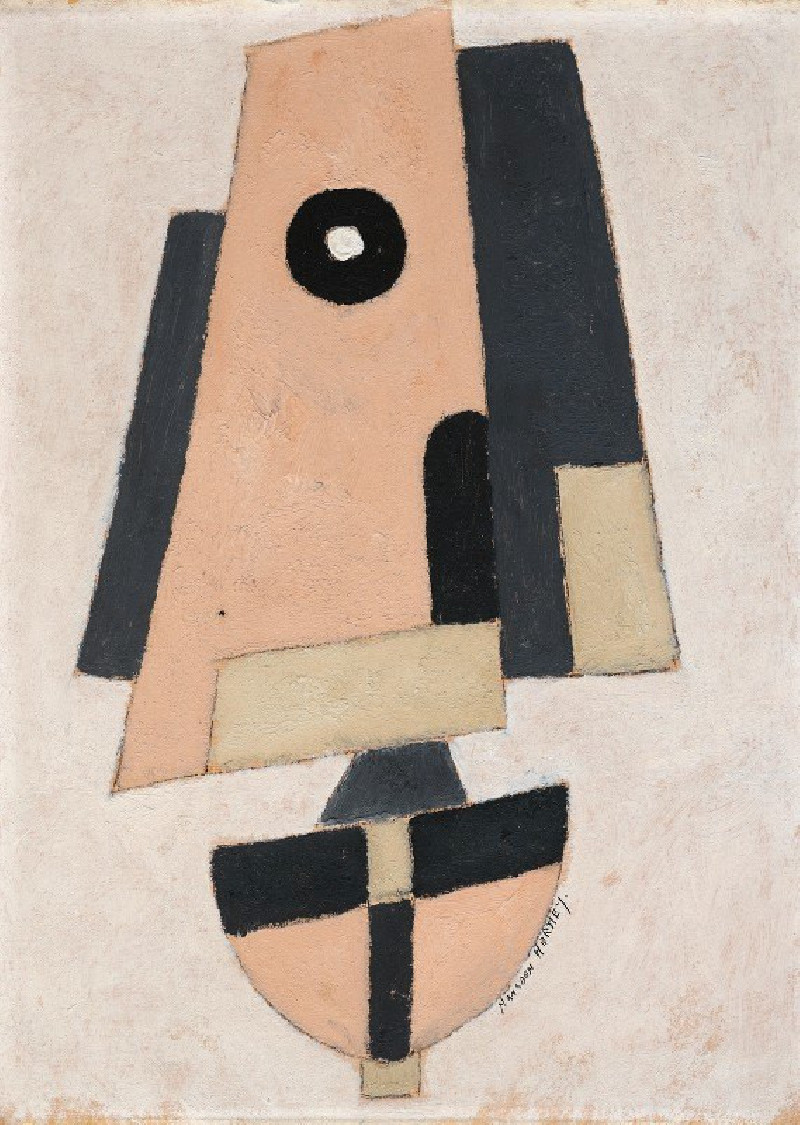
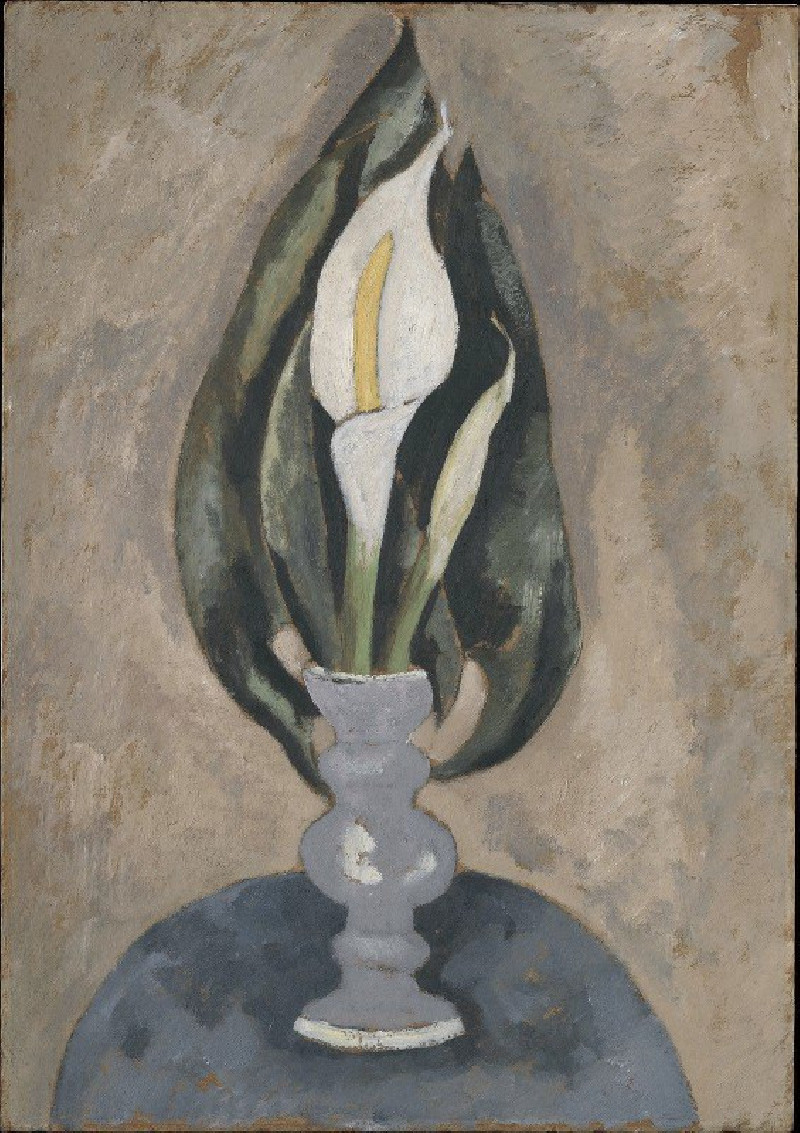

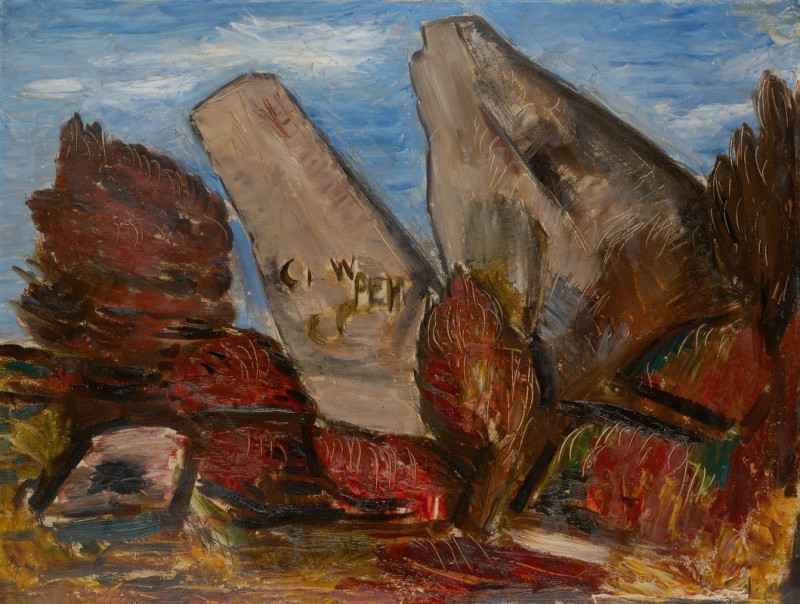
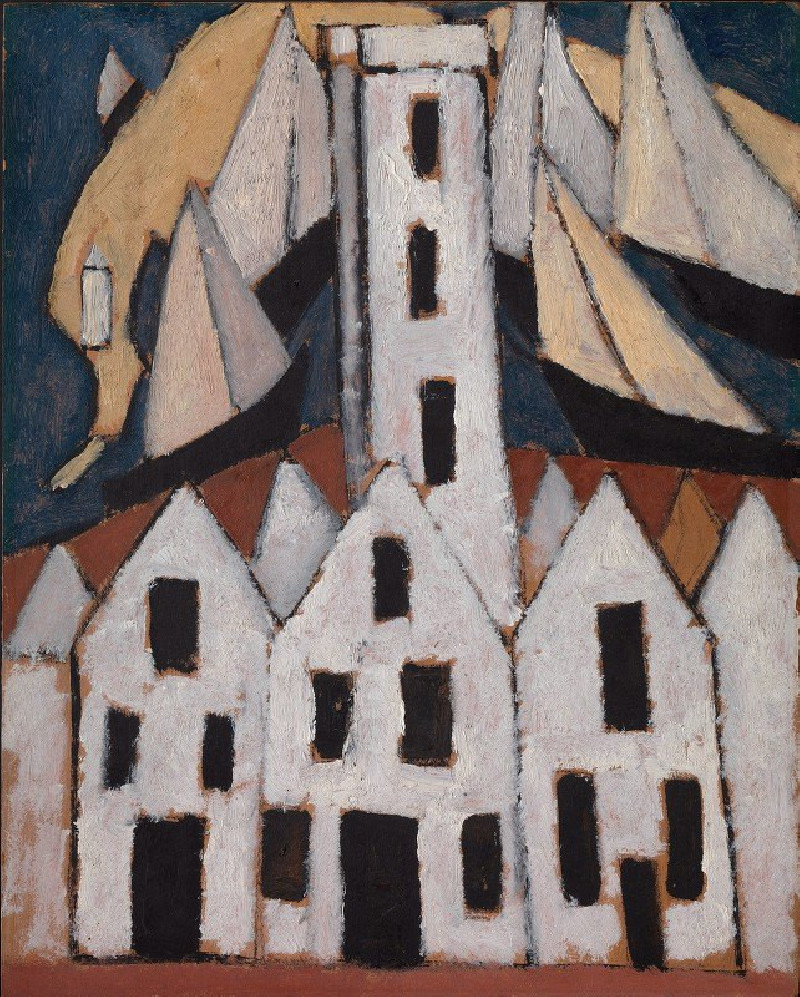
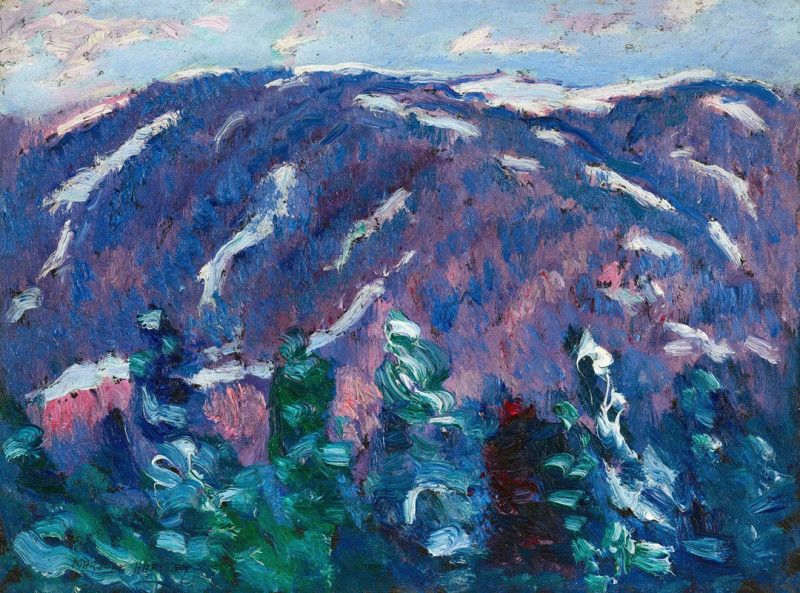
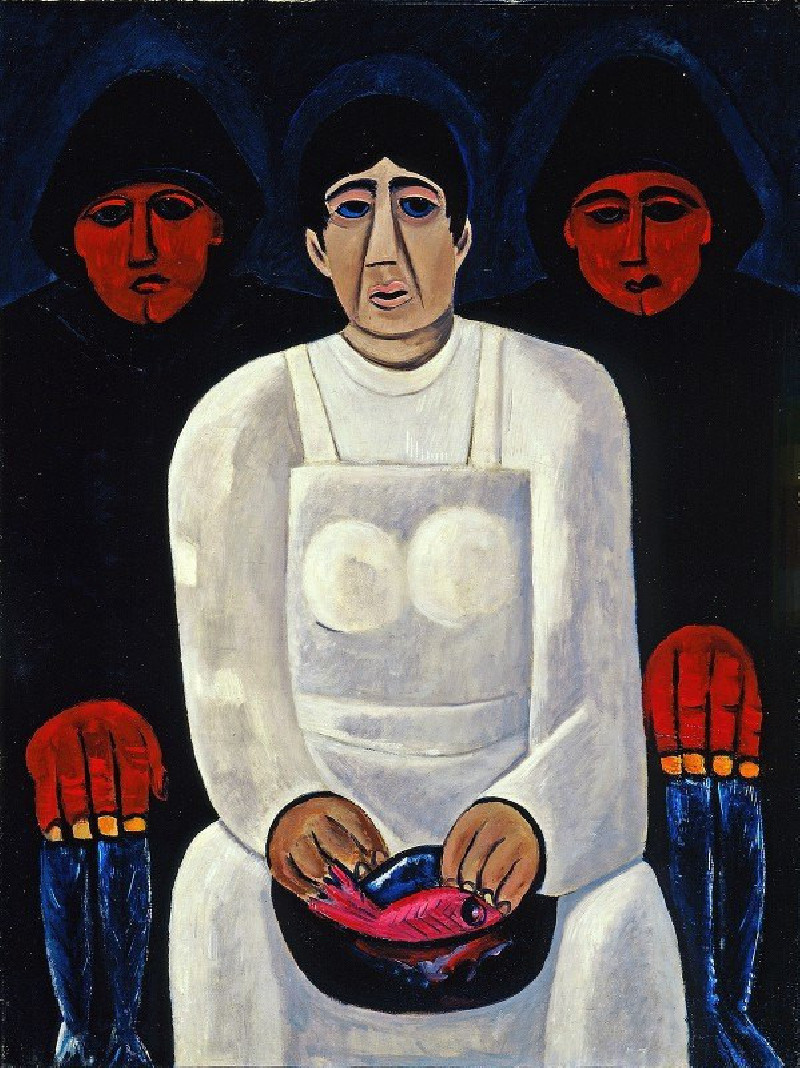

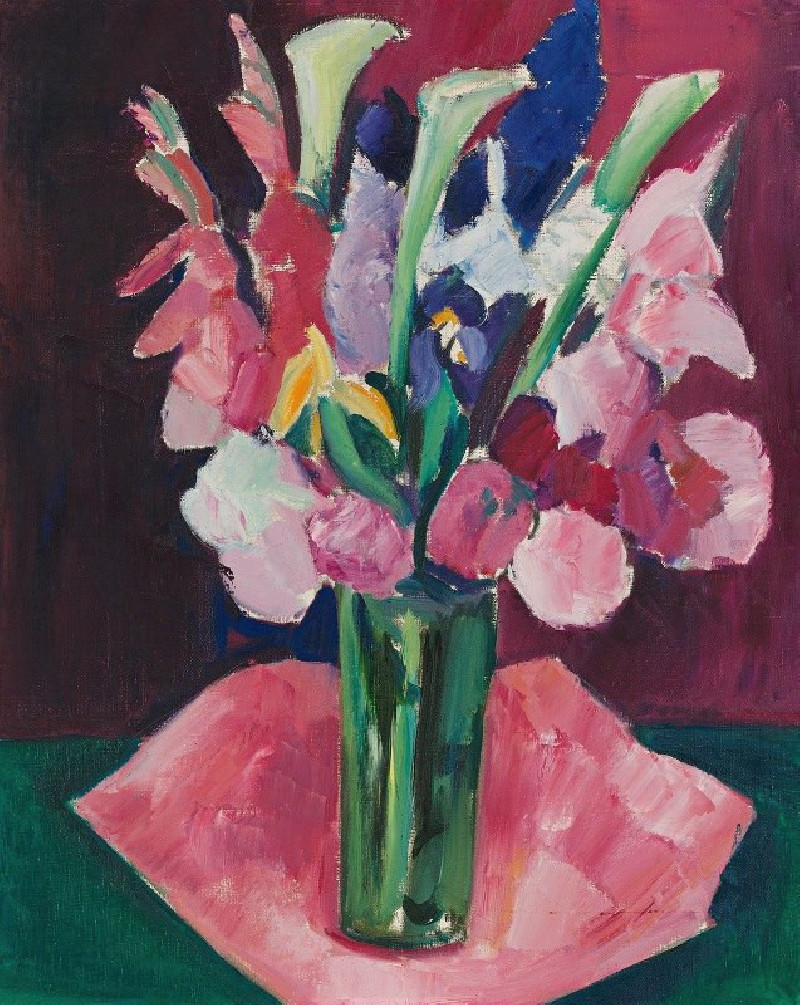
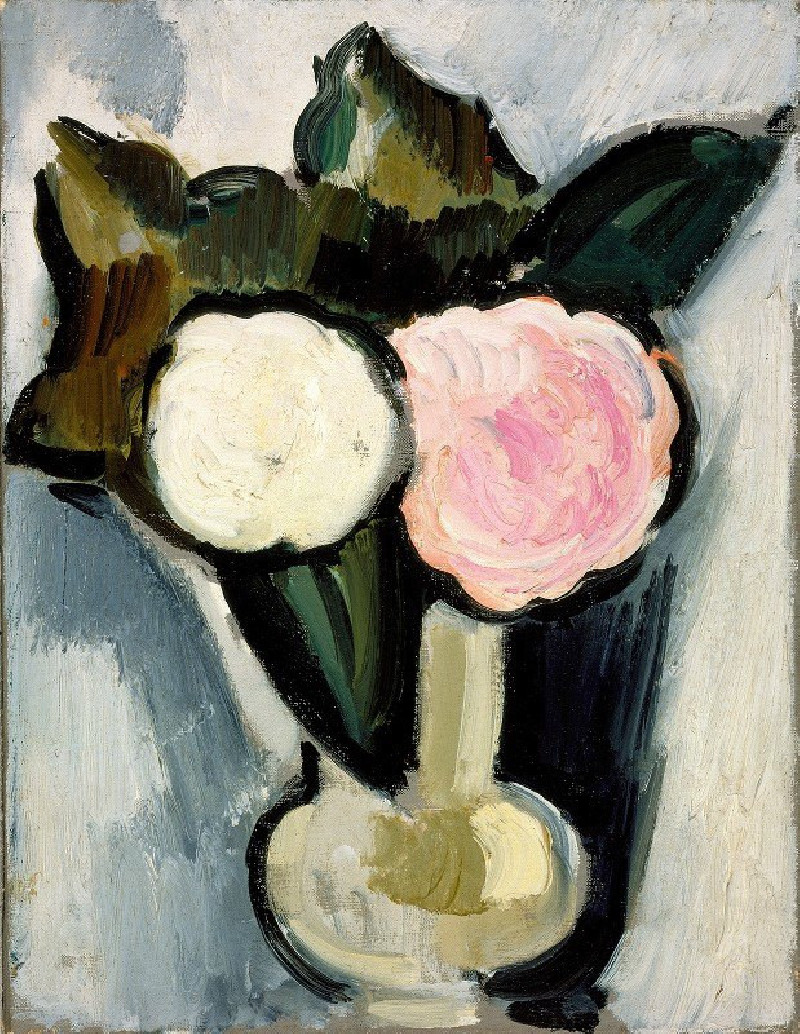

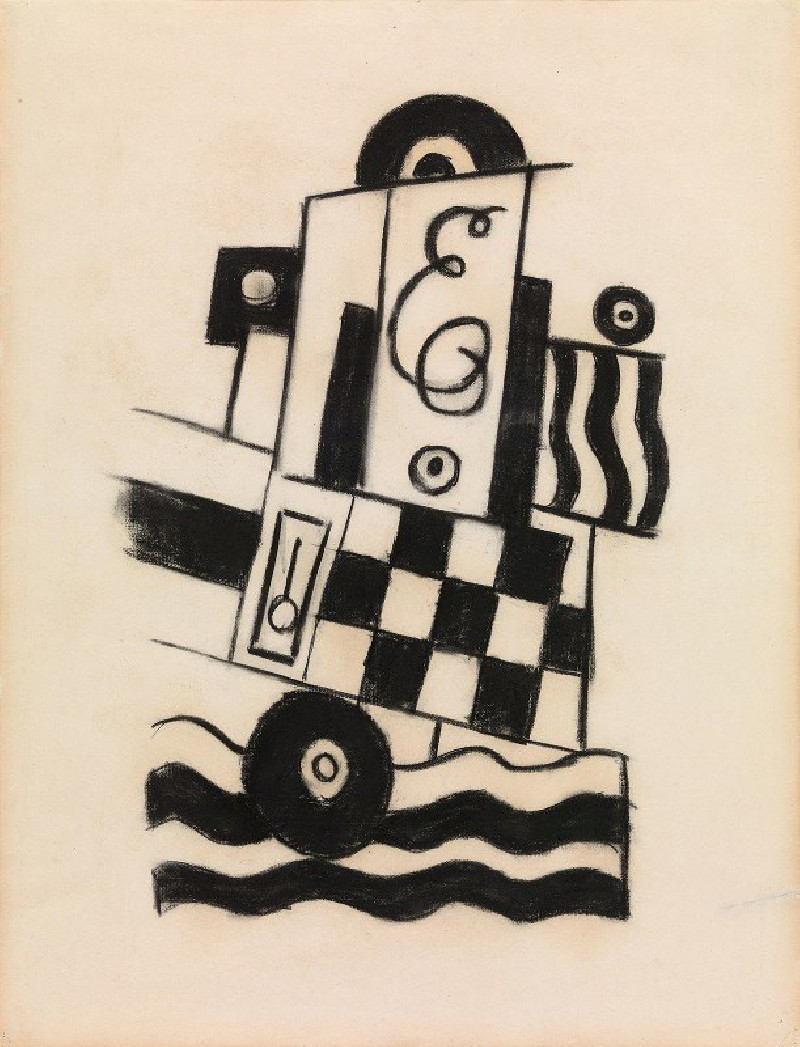
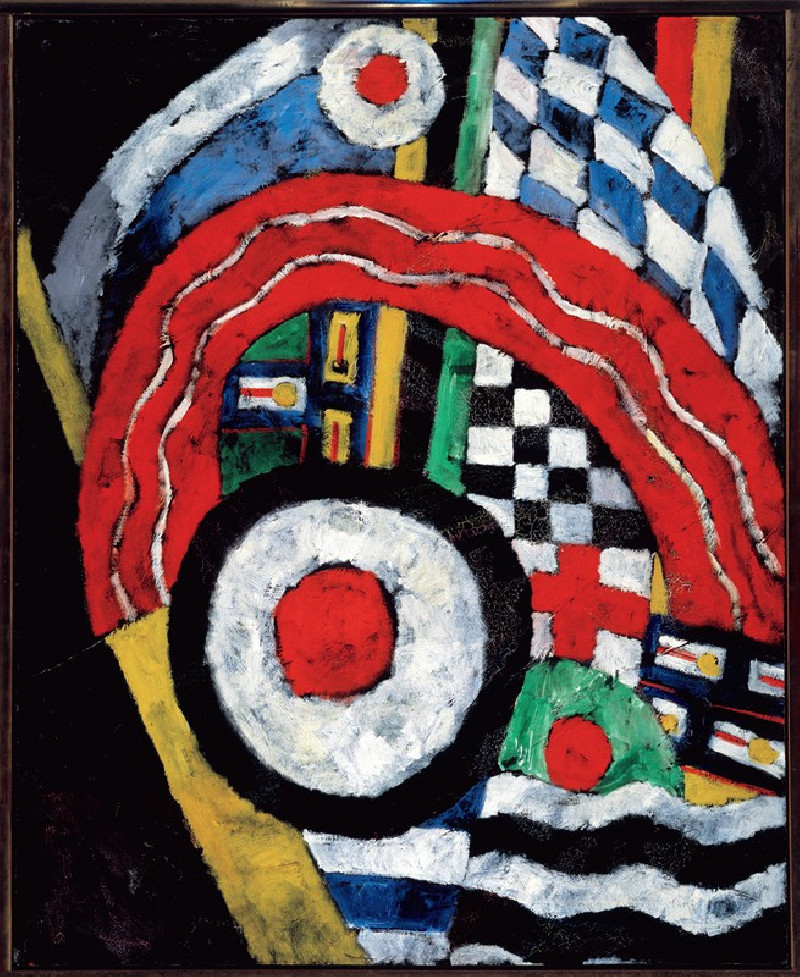
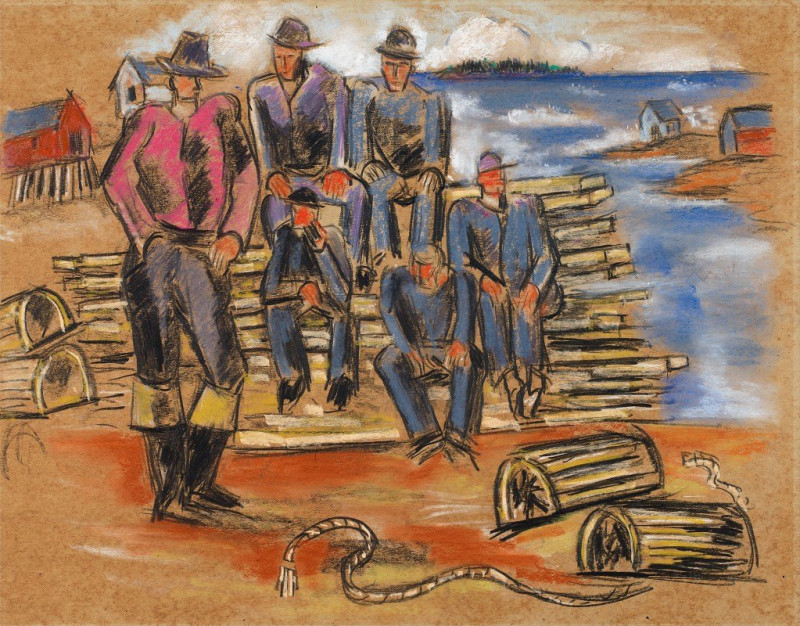
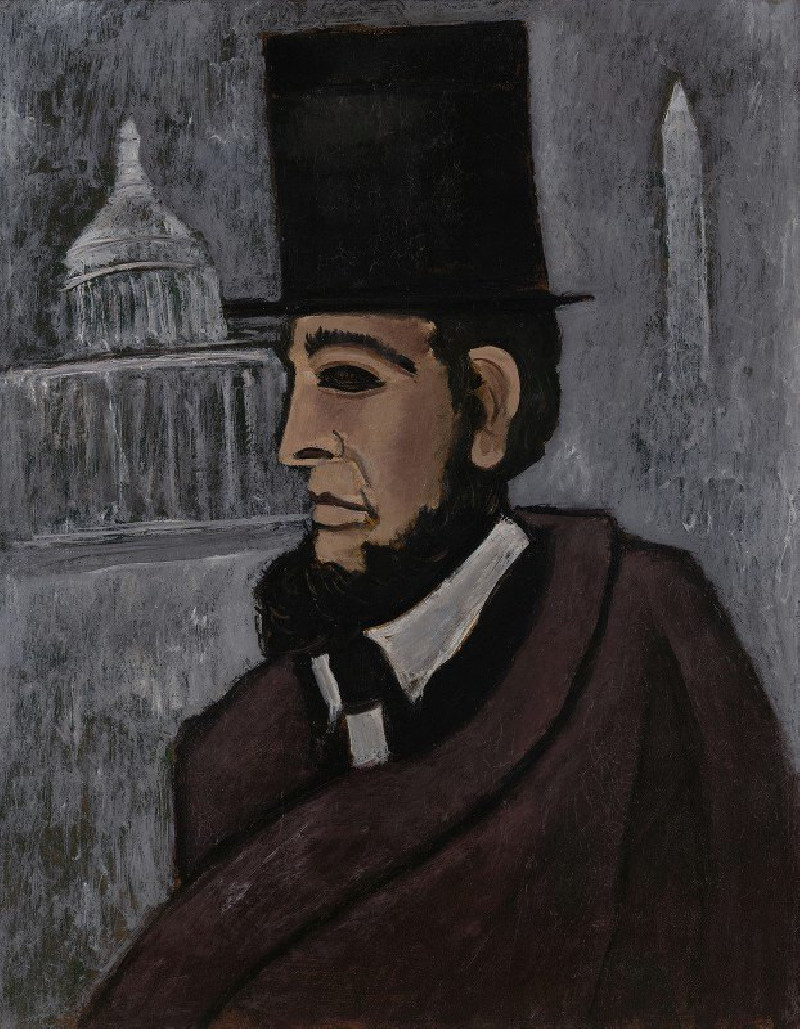


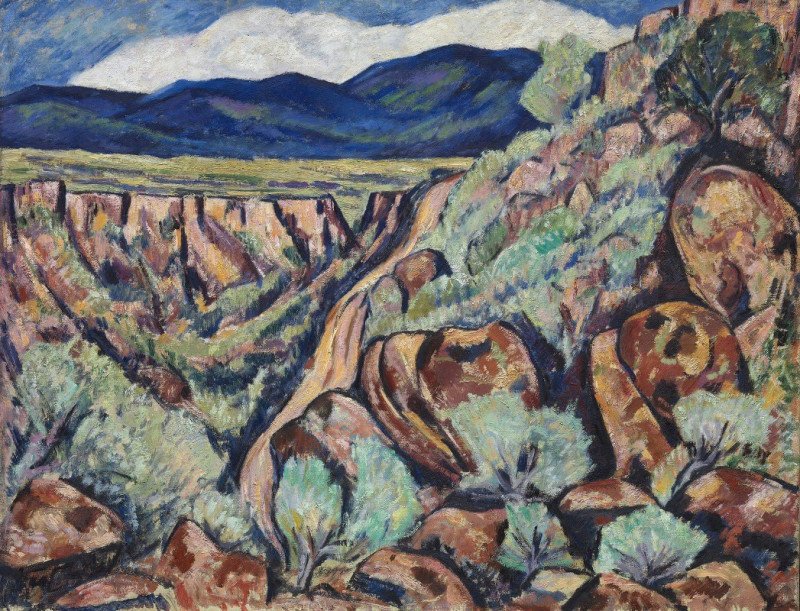
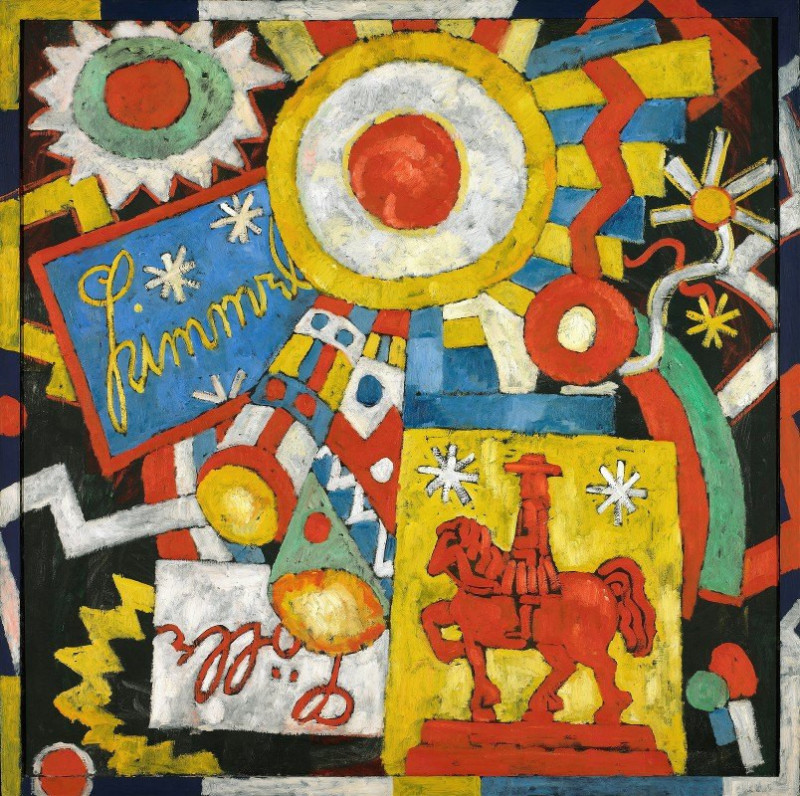

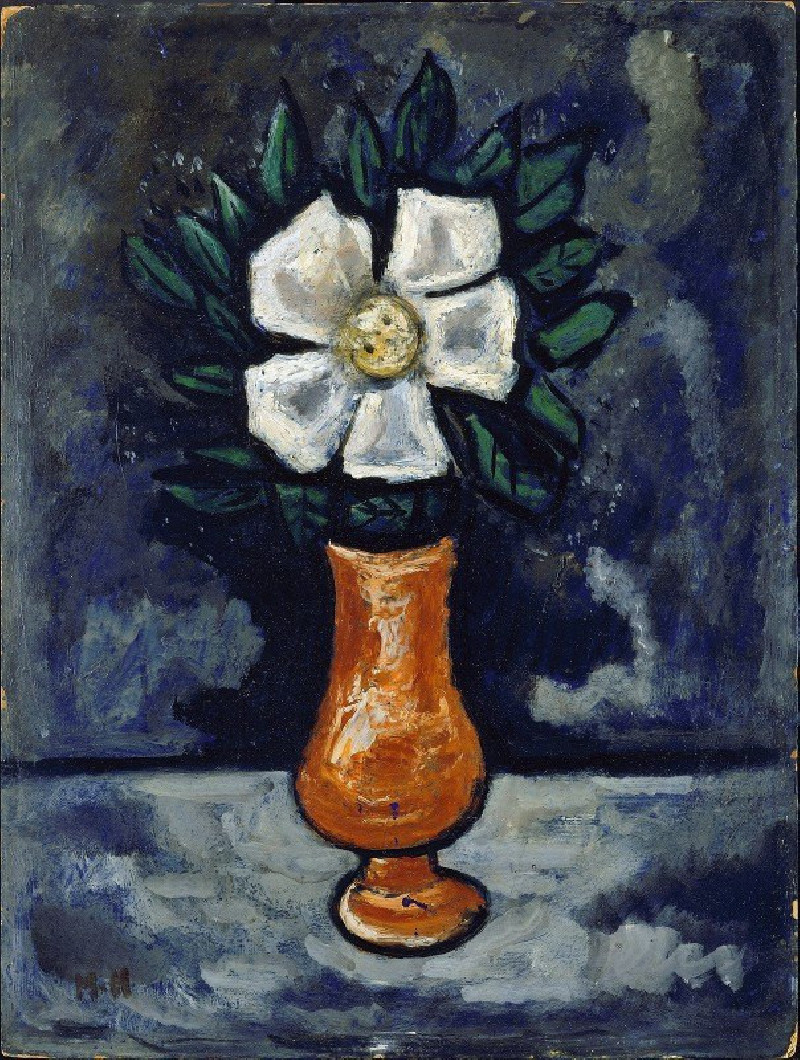
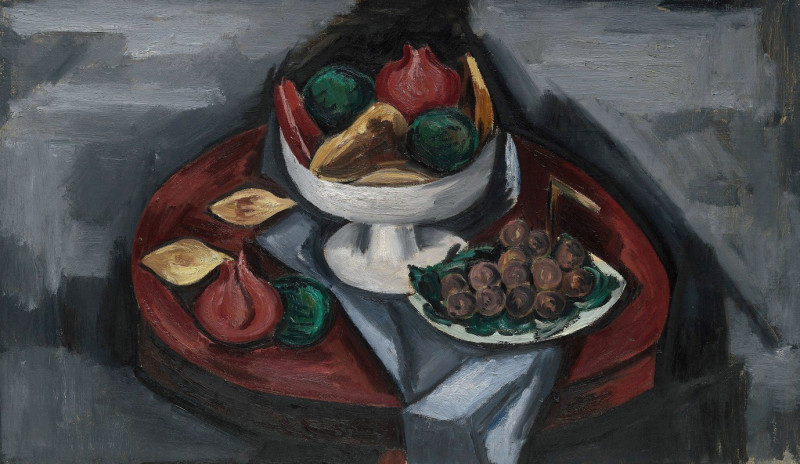
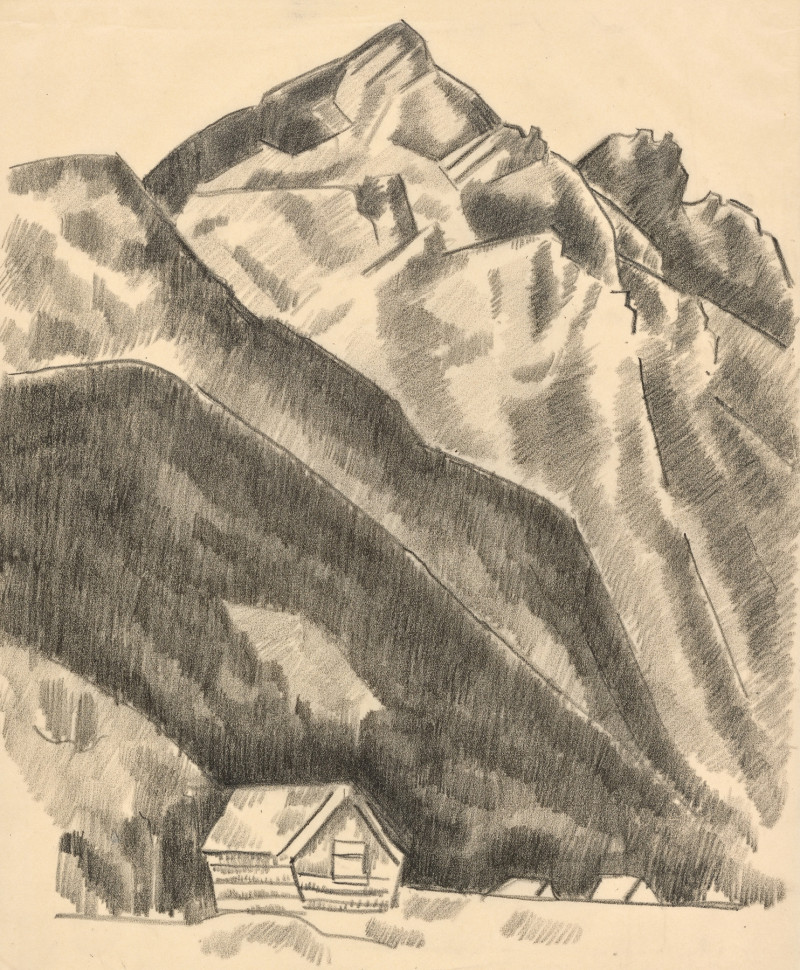
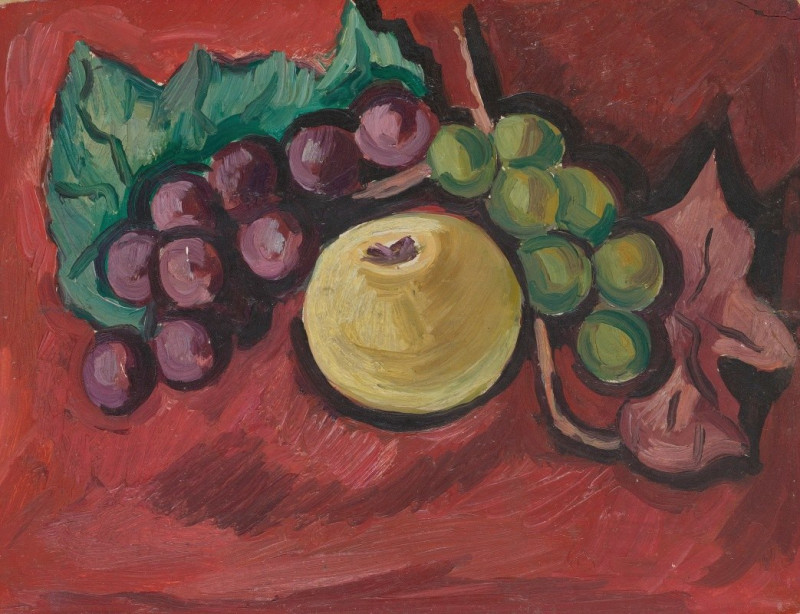
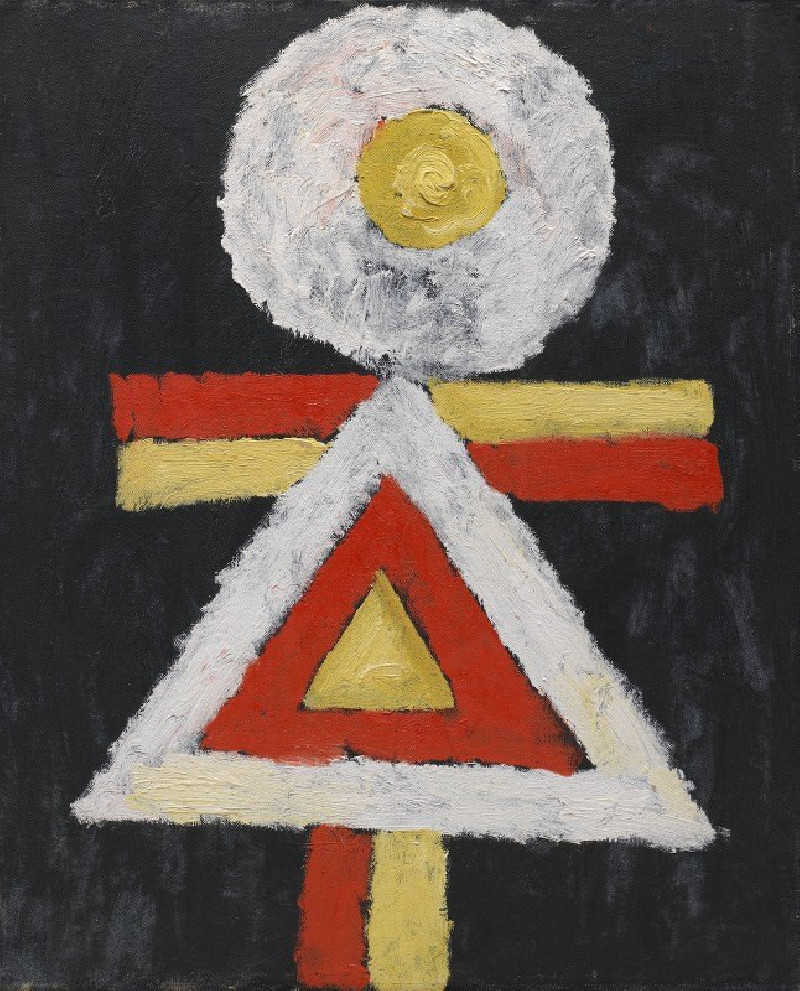
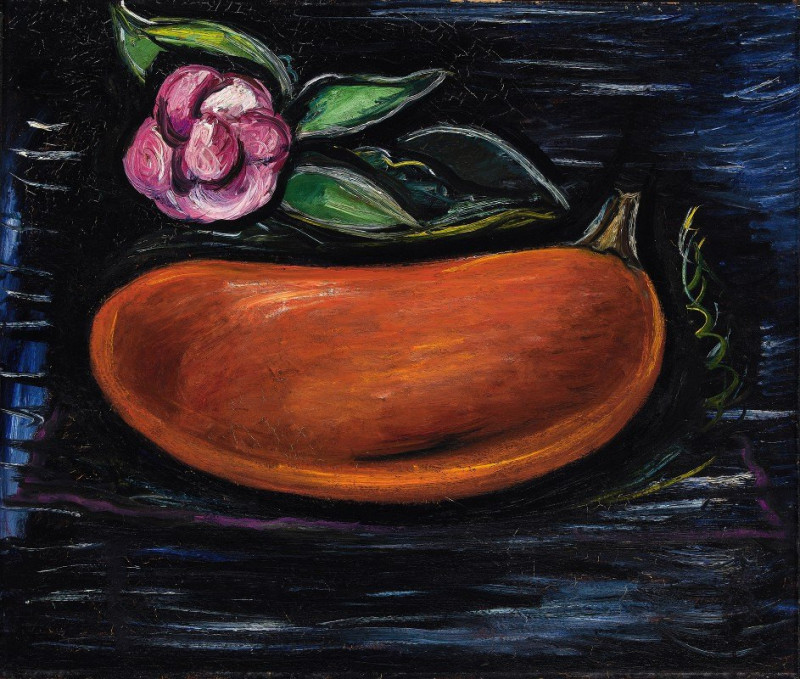
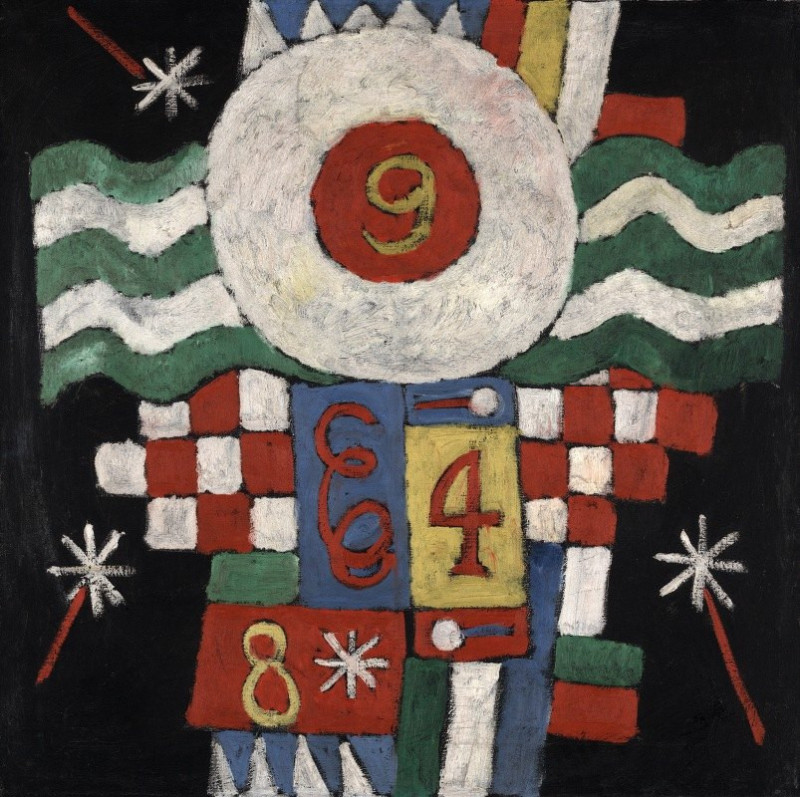
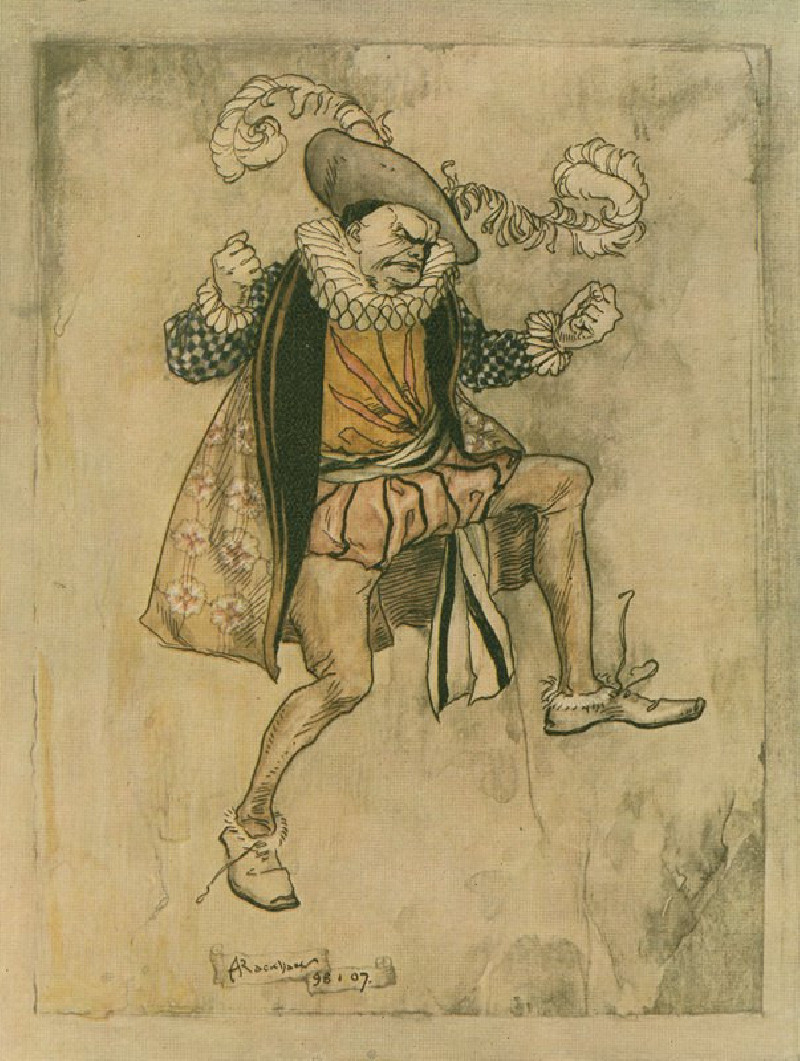
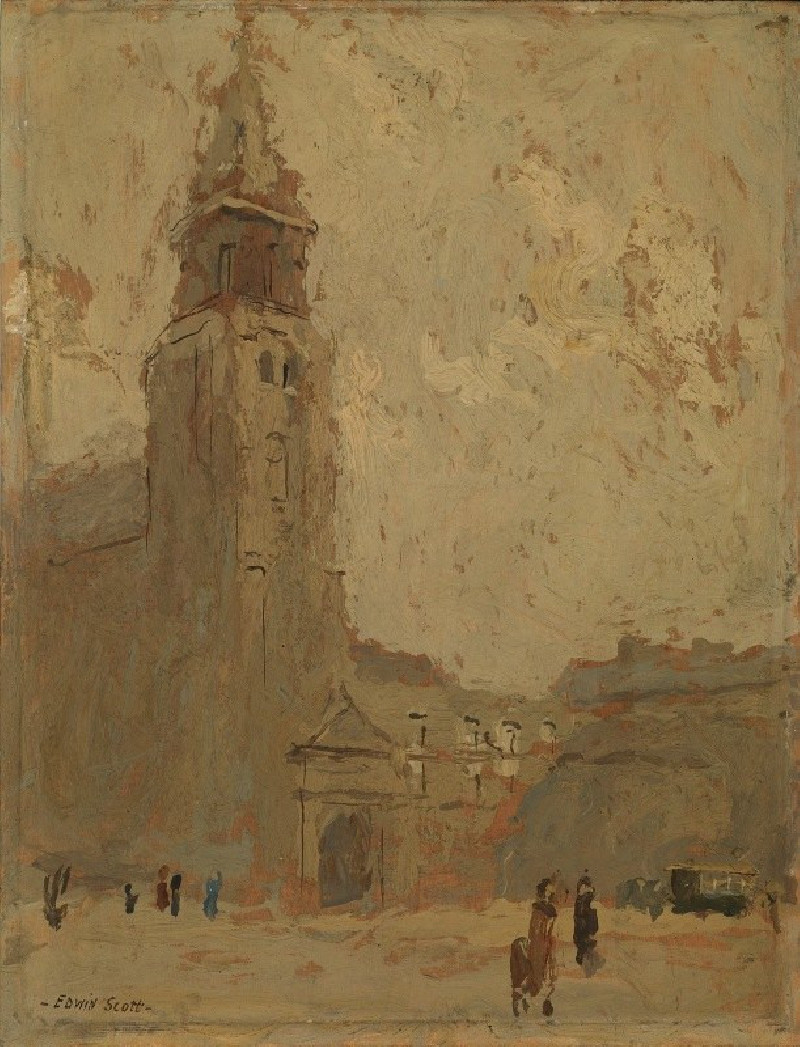
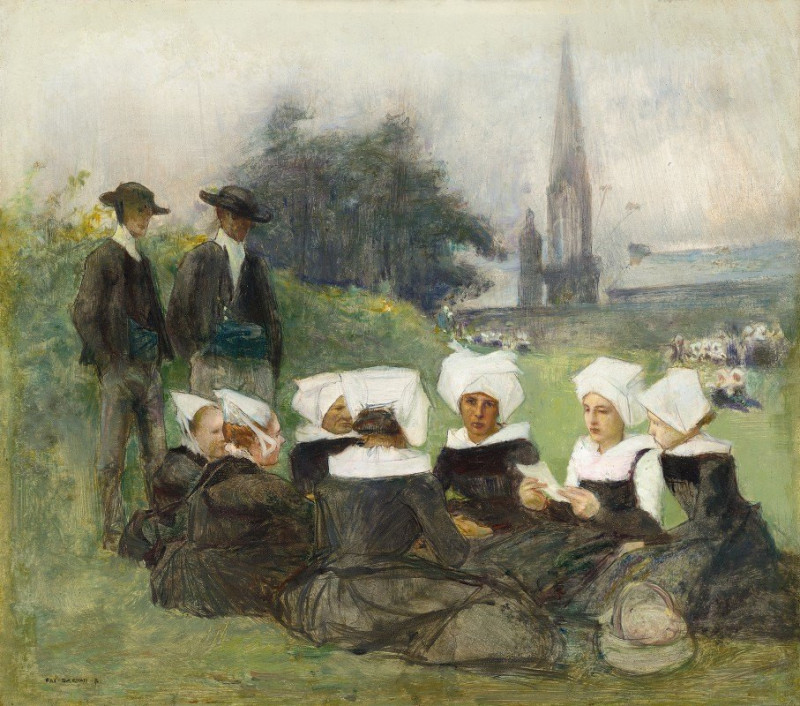


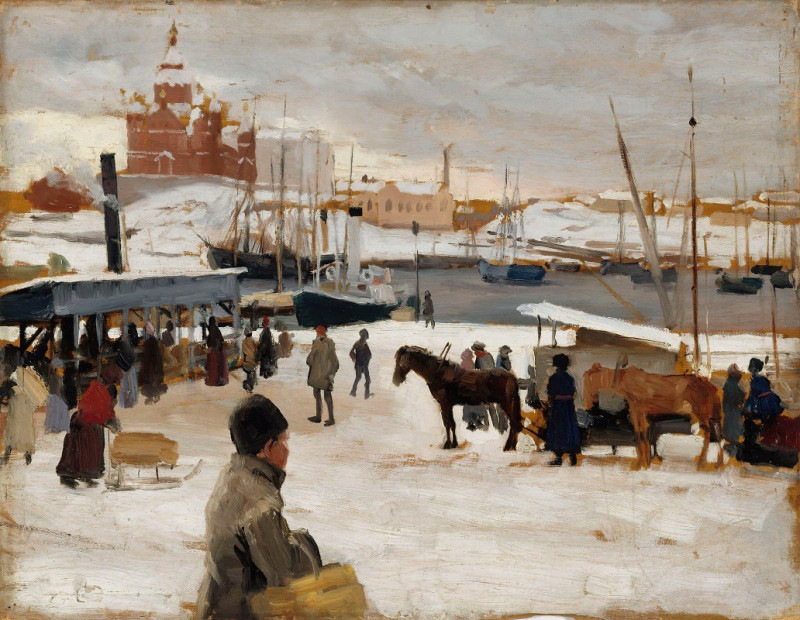
![Moorshedabad [Murshidabad] reproduction of painting by Samuel Davis. ALL GICLEE PRINTS](https://reprodukcijos.lt/44910-large_default/reproduction-of-moorshedabad-murshidabad.jpg)
